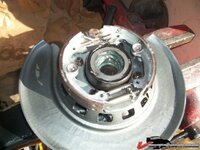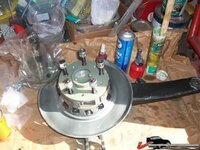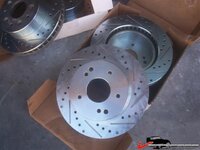4 SPEED
Well-known member
Parking brake on my 74 not holding.
When I pull handle all the way up the parking brake will not hold.
Parking brake was replaced a few years ago so should be ok.
Is there a cable adjustment?
Thanks
When I pull handle all the way up the parking brake will not hold.
Parking brake was replaced a few years ago so should be ok.
Is there a cable adjustment?
Thanks



